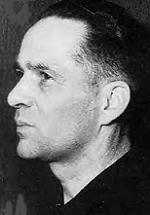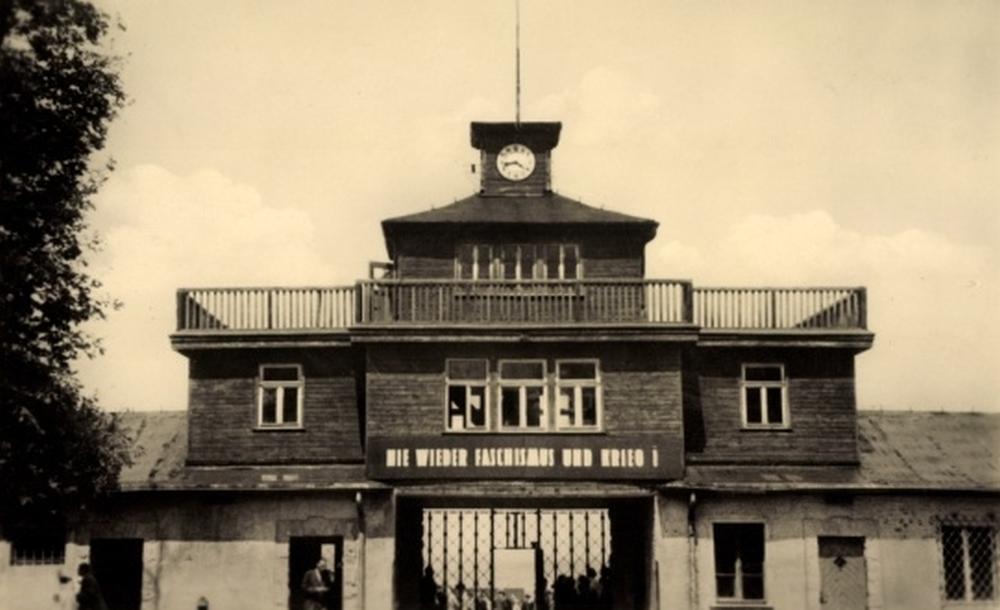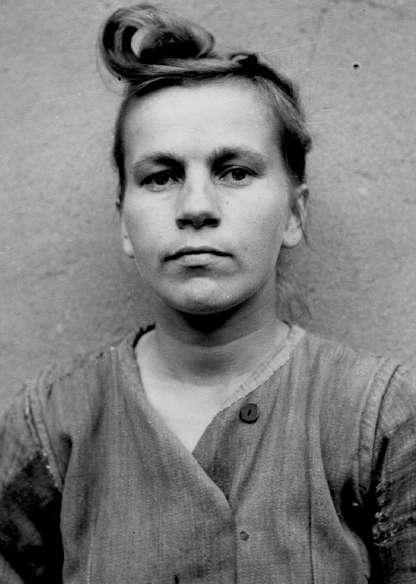Concentration Camp Auschwitz I
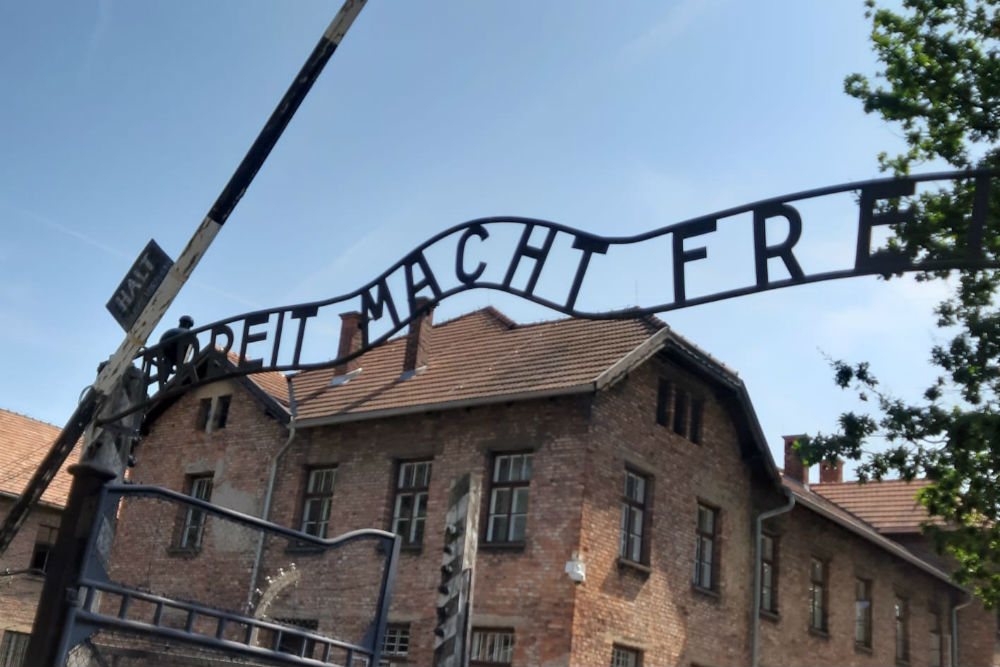
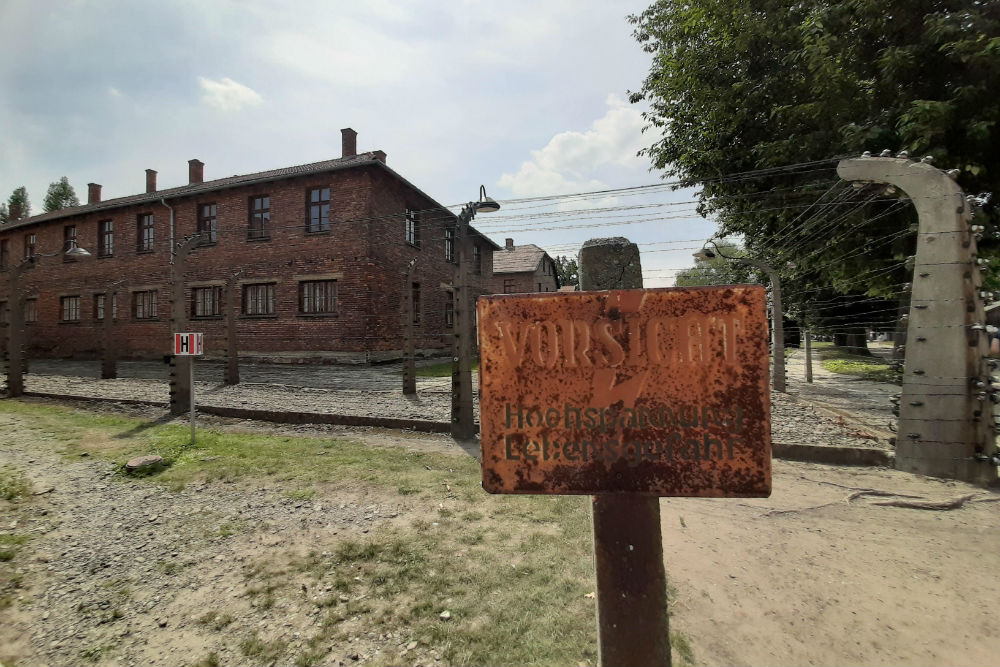
The Auschwitz complex consists of three parts: Auschwitz I - the concentration camp known for the lurid text above the entrance: [i] ARBEIT MACHT FREI [/i], the second part [towid] 1370, Auschwitz II (Birkenau) [/ towid ] - the extermination camp and the third part (Monowitz), the labor camp with sub-camps. Only the concentration camp and extermination camp (Auschwitz I and II) are accessible for visiting [b] Accessibility[/b] The Auschwitz complex is located in southern Poland in the area on the border with the Czech Republic and Slovakia, 59 km west of Krakow, near the city of O?wi?cim. The accessibility by car, train, plane and bus is good. [b]History[/b] The camp was established in mid-1940, more than a year before the Germans embarked upon the "Endlösung der Judenfrage" (Final Solution of the Jewish Question) - the plan, systematically carried out, to murder all the Jews living in the countries occupied by the Third Reich. The direct reason for the establishment of the camp was the fact that mass arrests of Poles were increasing beyond the capacity of existing "local" prisons. Auschwitz I, the original concentration camp, functioned throughout its existence as a concentration camp and over time became the largest such Nazi camp. In the first period of the existence of the camp, it was primarily Poles who were sent here by the German occupation authorities. These were people regarded as particularly dangerous: the elite of the Polish people, their political, civic and spiritual leaders, members of the intelligentsia, cultural and scientific figures and also members of the resistance movement, officers and so on. Over time, the Nazis also began to send groups of prisoners from other occupied countries to Auschwitz. Beginning in 1942, Jews whom the SS physicians classified as fit for labor were also registered in the camp. From among all the people deported to Auschwitz, approximately 400,000 people were registered and placed in the camp and its sub-camps (200,000 Jews, more than 140,000 Poles, approximately 20,000 Gypsies from various countries, more than 10,000 Soviet prisoners of war and more than 10,000 prisoners of other nationalities). Over 50% of the registered prisoners died as a result of starvation, labor that exceeded their physical capacity, the terror that raged in the camp, executions, the inhuman living conditions, disease and epidemics, punishment, torture and criminal medical experiments. The unimaginable atrocities that have taken place here go far beyond what the human mind can grasp. Of all German camps, the Auschwitz complex is the largest in size and the largest number of victims of the criminal Nazi regime were also killed here. The systematic deportations of Jews started from 1942 and during 1943 and 1944 the four large gas chambers and crematoriums were in almost continuously in operation often even heavily overloaded. Between March 1940 and January 27, 1945, more than 1,100,000 people were killed here, the majority of whom were Jews. At the peak of this madness, 6,000 people were murdered every day. Whether one was a Polish political prisoner, Russian prisoner of war, gypsy or Jew, death was always lurking. With heavy slave labor, life expectancy was only 6 or 7 weeks. The Germans were able to gass 70 percent within half an hour after a selection of a Jew transport by train. [b]Auschwitz I - Visitors information[/b] Entry to the complex is free and certified guides are available in several languages. Due to the large number of visitors, it is best to book ahead for a guide (see website). At the parking lot, the visitors reception can be found where, among other things, you can get tickets for the film screening, which shows recordings of the first minutes after the liberation of the camp. For both Auschwitz I and II, a visit time of at least 1.5 hours is advised, but one must count on at least three hours for the full experience. For children one must take into account a recommended minimum age of 14 years. The route for visitors leads via the entrance gate with the inscription [i] ARBEIT MACHT FREI [/ i] to the stone barracks with block numbers 4 and 5. In these rooms you will find impressive exhibits showing the extermination and evidence of the crimes against humanity are discussed. Block 6 and 7 also give an impression of the life and conditions in the camp. In block 10, the medical experiments were performed (not accessible). A reconstruction of the death wall is found between blocks 10 and 11. Furthermore, the route leads to crematorium 1, where the first experiments with Zyklon B also took place in 1941. On April 16, 1947, the camp commander Rudolf Höss was hanged on the foundation of the former Gestapo camp barrack. See [towid]1370[/towid] for the sequel.
